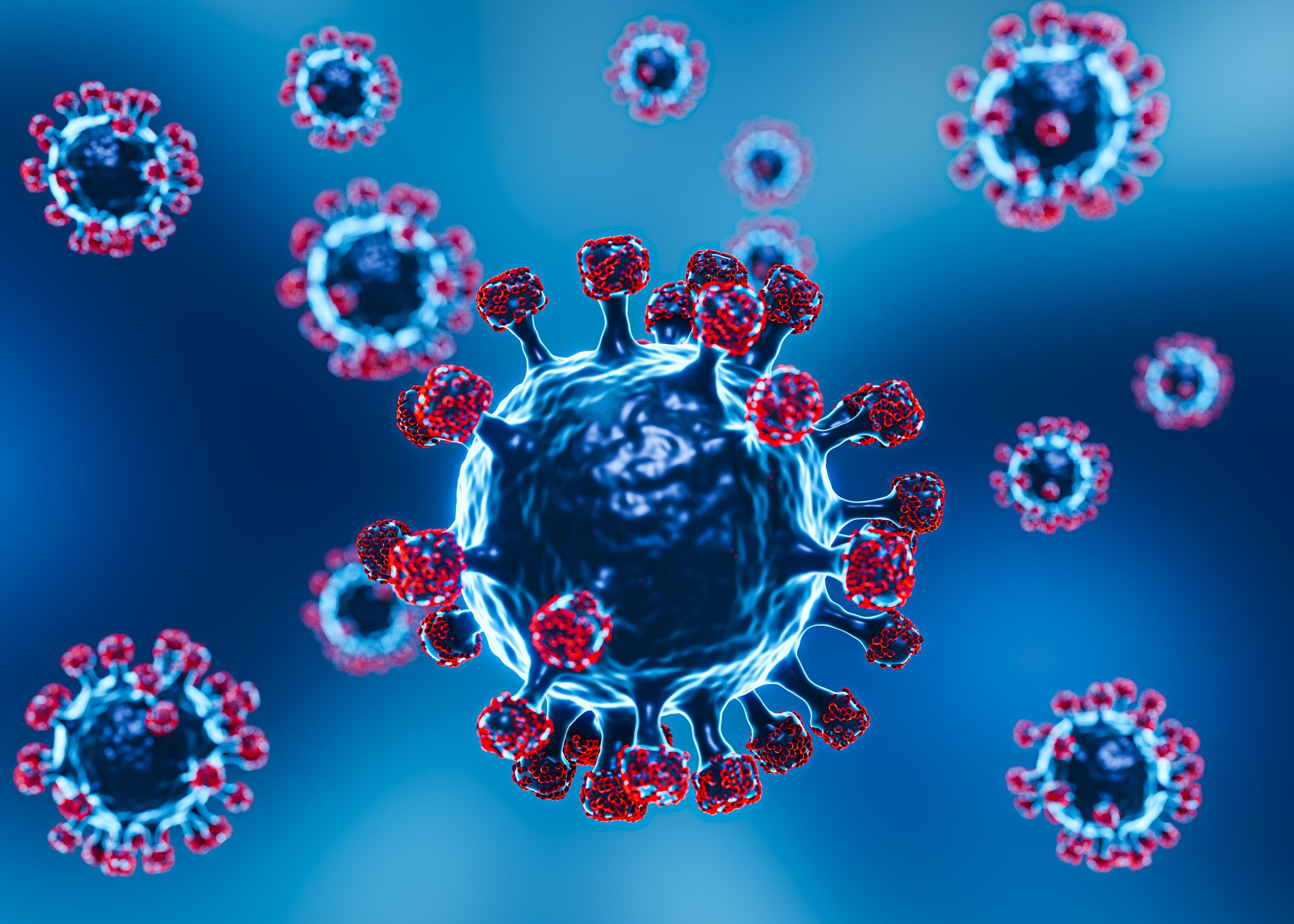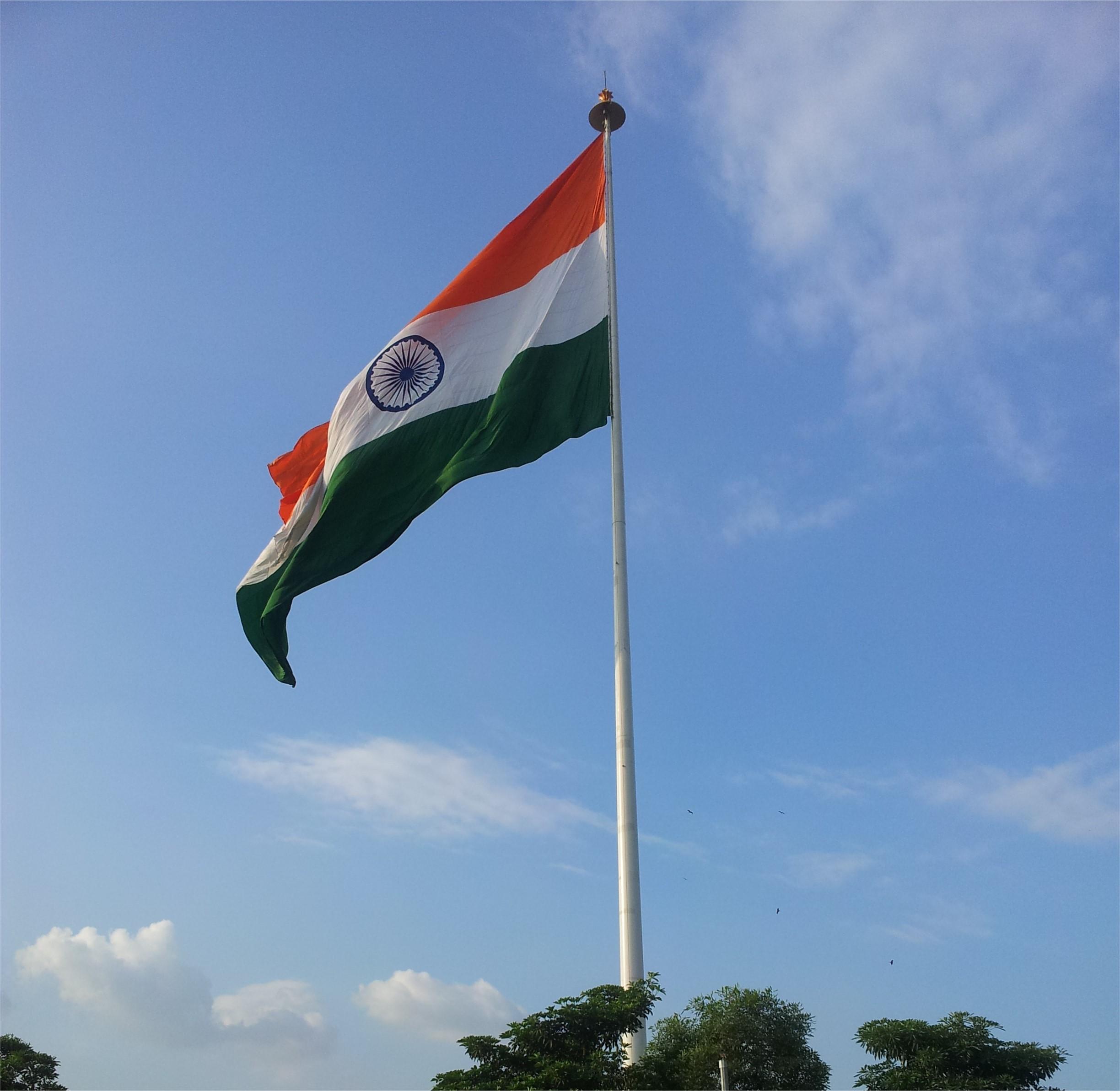Credit: CC0 Public
This year, dengue fever has seen significant outbreaks in several countries, particularly in Latin America and South America. According to the World Health Organization (WHO) last Thursday, dengue fever cases in the Americas have surged, surpassing 7 million cases by the end of April, far exceeding the 4.6 million cases reported in the entire year of 2023. Globally, over 7.6 million cases and approximately 3,000 deaths have been reported.
In Brazil alone, there have been 5.5 million cases of dengue fever so far this year. This staggering number is higher than the total global dengue infections of 4.1 million reported last year.
What is Dengue Fever?
Dengue fever is an acute infectious disease caused by the dengue virus and transmitted through Aedes mosquitoes, such as Aedes aegypti and Aedes albopictus. It is common in tropical and subtropical regions, especially during the rainy season and peak mosquito breeding times. Typical symptoms of dengue fever include sudden high fever, severe headache, pain behind the eyes, joint and muscle pain (hence the nickname "breakbone fever"), nausea and vomiting, rash (usually appearing a few days after the fever), and bleeding tendencies (such as nosebleeds, gum bleeding, and subcutaneous bleeding). The symptoms can last up to a week, and in severe cases, dengue fever can be life-threatening.
How to Protect Yourself from Dengue Fever?
The best way to prevent dengue fever is to avoid mosquito bites and reduce exposure to mosquitoes. Here are some preventive measures:
1. Wear long-sleeved shirts and long pants when outdoors to minimize exposed skin.
2. Use mosquito repellents to reduce mosquito contact.
3. Use mosquito nets or install screens on windows and doors to keep mosquitoes out of your living areas.
4. Regularly check for and eliminate standing water in containers to reduce mosquito breeding sites.
5. Avoid traveling to areas where dengue fever outbreaks are known or suspected.
Additionally, a dengue vaccine (Dengvaxia) has been approved in some countries for specific age groups and individuals with prior infection, but its use should be evaluated based on individual circumstances.
Why is Dengue Fever Outbreaking in the Americas this Year?
The transmission of dengue fever requires Aedes mosquitoes, whose breeding peaks usually occur during the rainy season. These mosquitoes thrive in tropical and subtropical regions. This year, global climate change, particularly the El Niño phenomenon, has led to higher global temperatures and extreme weather conditions, providing a conducive environment for the spread of dengue fever. Furthermore, among the four serotypes or variants of the dengue virus, the serotype 2 currently spreading in Brazil has a relatively low vaccination rate among the local population, contributing to the outbreak.
As temperatures in South America begin to decline, the epidemic has started to slow down, offering some relief to countries like Brazil that have been heavily affected by the outbreak.
However, this positive news primarily applies to the Southern Hemisphere. As summer approaches in the Northern Hemisphere, regions such as East Asia, Southeast Asia, South Asia, parts of North Africa, Latin America, and parts of North America may face significant outbreaks. The WHO continues to monitor the situation closely. People traveling to or living in areas with potential dengue outbreaks should stay informed and take necessary precautions.
Reference:
1.https://www.msn.com/en-us/health/other/dengue-cases-in-americas-surpass-last-year-s-record-high-who-says/ar-BB1nkZ4q?ocid=BingNewsSerp
2.https://edition.cnn.com/2024/06/01/health/honduras-health-dengue/index.html








Post comments